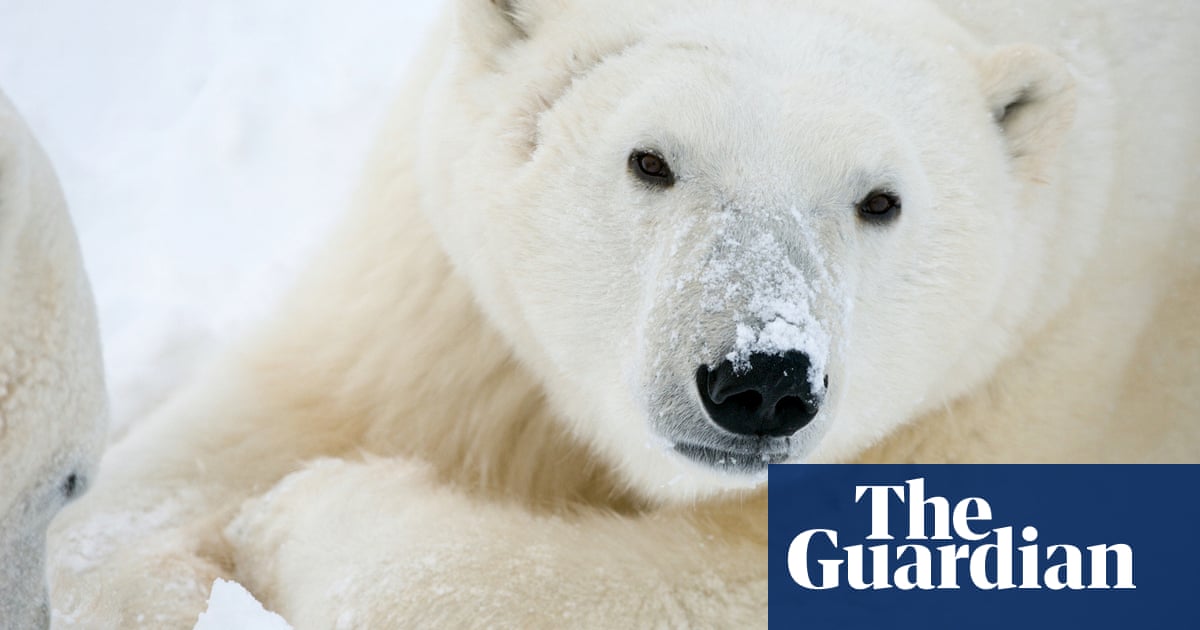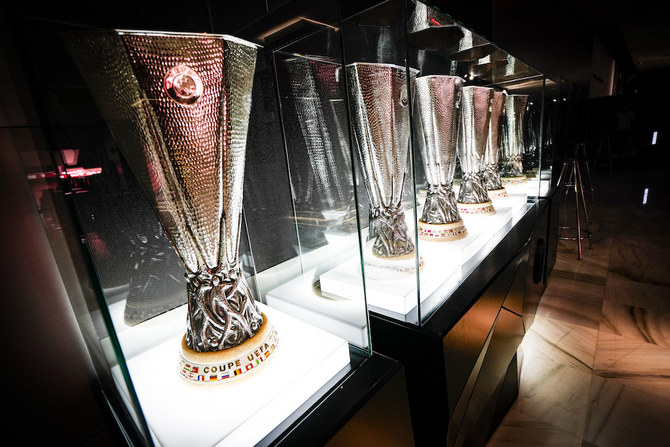
very April, Sweden’s main highway comes to a periodic standstill. Hundreds of reindeer overseen by indigenous Sami herders shuffle across the asphalt on the E4 as they begin their journey west to the mountains after a winter gorging on the lichen near the city of Umeå. As Sweden’s main arterial road has become busier, the crossings have become increasingly fractious, especially if authorities do not arrive in time to close the road. Sometimes drivers try to overtake the reindeer as they cross – spooking the animals and causing long traffic jams as their Sami owners battle to regain control.
“During difficult climate conditions, these lichen lands can be extra important for the reindeer,” says Per Sandström, a landscape ecologist at the Swedish University of Agricultural Sciences who works as an intermediary between the Sami and authorities to improve the crossings.
This week, Swedish authorities announced they would build up to a dozen “renoducts” (reindeer viaducts) to aid the crossings and allow reindeer herds to reach grazing more easily.
It is hoped the crossings will allow herders to find fresh grazing lands and alleviate traffic jams, and also help moose and lynx to move around the landscape. The country’s 4,500 Sami herders and 250,000 reindeer have been hit hard by the climate crisis, battling forest fires in the summer and freezing rain in the winter that hides lichen below impenetrable sheets of ice.
“The animals that will really benefit from this system are long-ranging mammals that are really not meant to survive in these small, isolated pockets,” says Sandström, who started his career in the US helping to create ecological corridors in Montana for grizzly bears.
The renoducts are part of a growing number of wildlife bridges and underpasses around the world that aim to connect fractured habitats. On the Yucatán peninsula in Mexico, underpasses have been used to shield jaguars from traffic. Natural canopy bridges in the Peruvian Amazon have helped porcupines, monkeys and kinkajous pass over natural gas pipelines. On Christmas Island, bridges have been built over roads to allow millions of red crabs to pass from the forest to the beaches on their annual migration.
The wildlife bridges help avert some of the billions of animal deaths that happen on the roads every year around the world and counteract unintended consequences of human infrastructure.
In southern California, there have been signs of inbreeding among lions in the Santa Monica Mountains because busy freeways around Los Angeles have isolated populations with low genetic diversity. To help save the mountain lion population from local extinction, an $87m (£63m) wildlife bridge is planned over the 101 highway north of LA, which would be the largest in the world.
“When habitat is isolated, we can have impact on individual animals where they might not be able to find water or food. We can also have impact on the genetic diversity of populations,” says Mark Benson, a member of the human-wildlife coexistence team for Lake Louise, Yoho and Kootenay at Parks Canada.
The agency has overseen one of the most successful uses of wildlife bridges in the world in Banff national park, Alberta, installing seven overpasses and 41 underpasses on the section bisected by the Trans-Canada Highway. A 2014 study found that fencing off the road and installing wildlife passes had maintained high genetic diversity in black and grizzly bear populations. Benson credits the passes with a big fall in roadkill along the highway, also significantly reducing human mortality from animal collision.
“We can go all the way back to 1983. There was an underpass that was put in place as part of twinning improvements [widening the highway] in the park. The first overpasses were put in place in 1996 and the twinning of the highway was completed in 2016,” he says.
“It’s very effective in terms of allowing wildlife to move across the landscape.”
In the UK, wildlife bridges are likely to form part of the government’s nature recovery network which aims to link together biodiverse areas under a 25-year environment plan. A 2015 review by Natural England acknowledged the benefits for nature and cited the example of the Netherlands, which is developing a network of “ecoducts” to help animals move around the country.
Highways England is increasingly building wildlife bridges as part of schemes around the country, with more planned for future infrastructure work. But some conservationists warn not enough is being done in the UK.
“We’re woefully behind the rest of the world. In Europe, it’s become second nature in some areas,” says Martin de Retuerto, director of conservation at Hampshire & Isle of Wight Wildlife Trust.
The trust is advocating the creation of a green bridge across the M3 at Twyford Down, one of the most controversial road schemes in English history, built in the 90s. The motorway severed the link between the South Downs national park and St Catherine’s Hill, an iron age fort and nature reserve home to rare butterflies and wildflowers.
Major protests against the scheme might have failed to stop construction but De Retuerto says they marked a shift in attitudes to environmental issues in the UK. For that reason alone, he says, a green bridge at Twyford Down should be made to kickstart the nature recovery network.
“It’s been heralded as the best bad example of how to do a road scheme. It’s symbolic and deserves to be the one where, politically, prioritisation is centred,” he said.
“If the Romanians can build them for bison, then we can build them for butterflies.”












